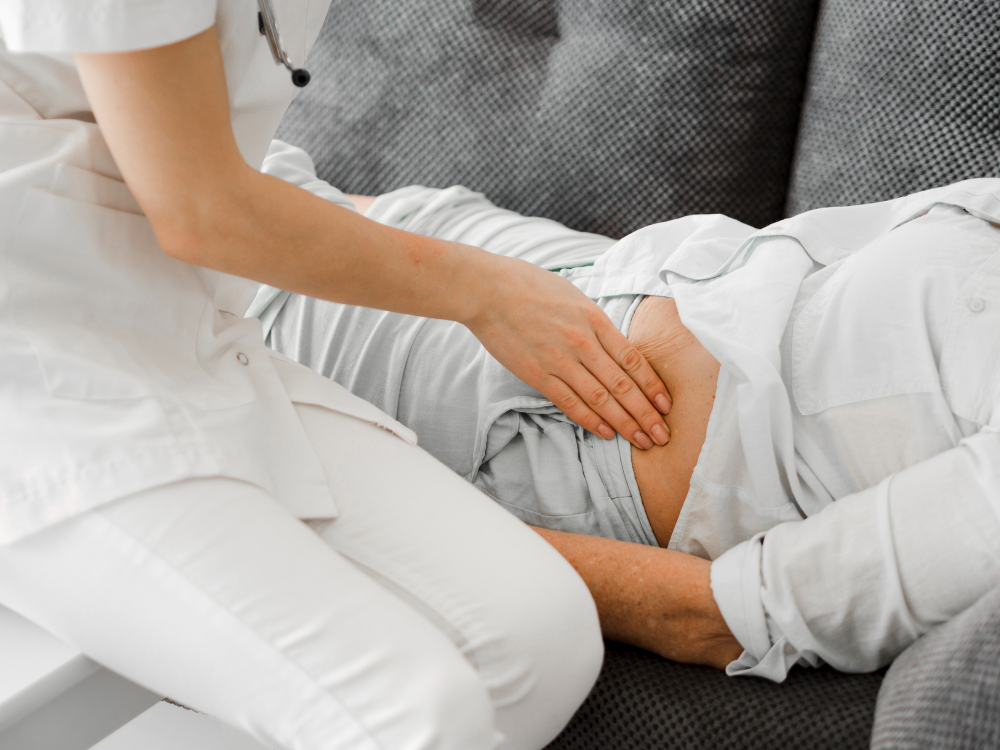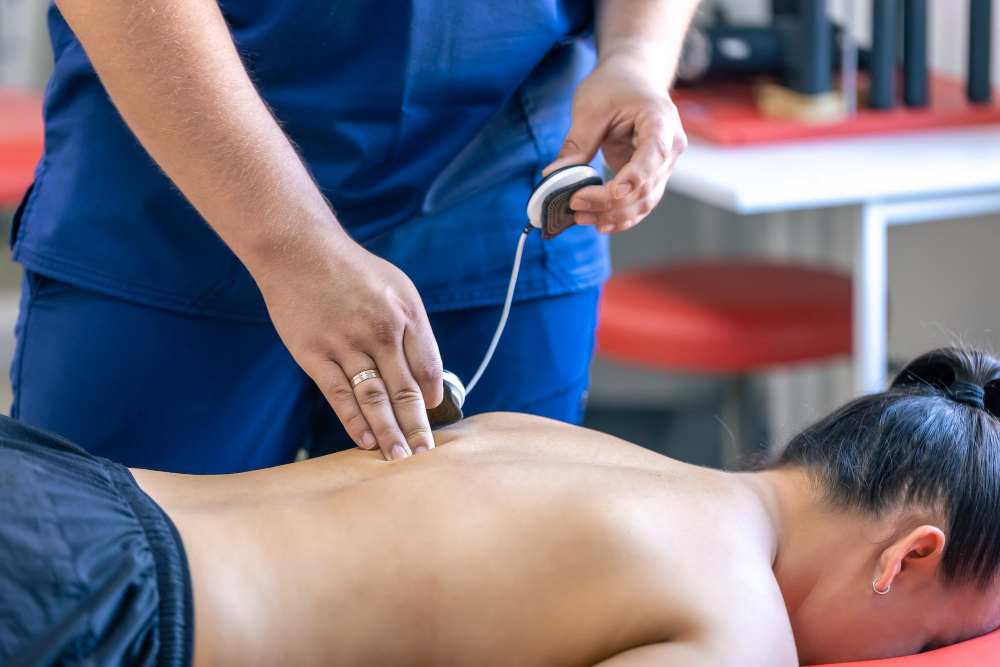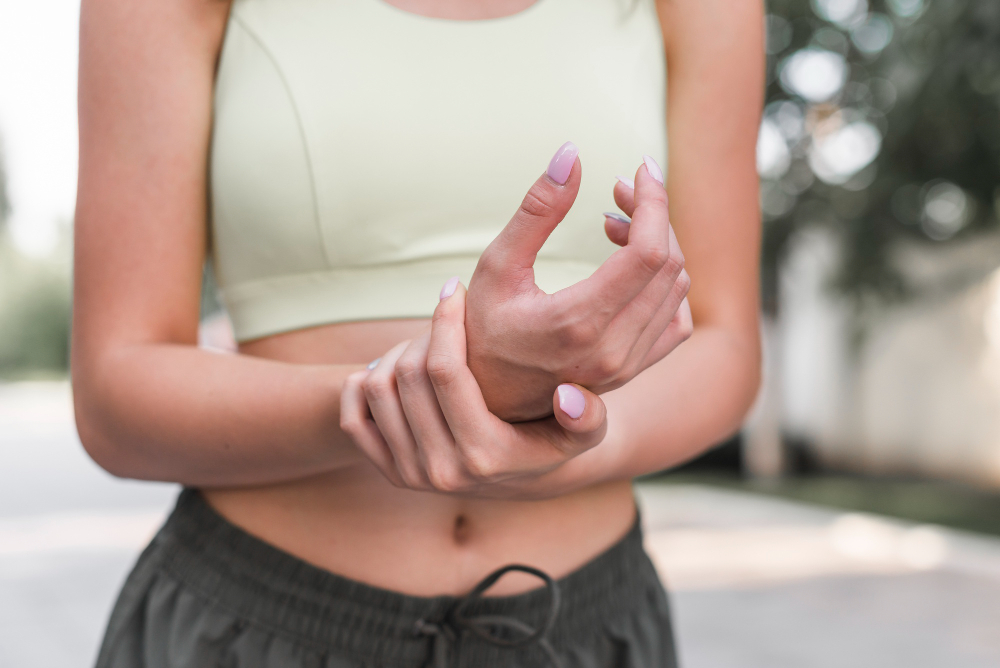We’ve all had those long days where our legs feel like they are about to give in and drop us like a sack of potatoes. The lower parts of your legs take the brunt of your daily labour, but this shouldn’t leave you in pain and unable to go about your daily routine.
Calf pain can prove to be quite the nuisance and is often experienced in various ways, typically described as a dull-like feeling, aching or sharp pain occasionally associated with tightness in the back of the lower leg.
Calf pain can come from dehydration, plantar fasciitis, sciatica and Achilles tendonitis. However, the two most common reasons for calf pain is due to delayed onset muscle soreness (DOMS) and muscle cramps.
DOMS treatment
Delayed onset muscle soreness is pain in the muscle that begins after you’ve worked out and tends to start a day or two after you’ve exercised heavily.
Time is the only real healer for DOMS, but massages, stretching, foam rolling or cold compression immediately after exercise can make the journey more tolerable. Although being injured might seem like the time to hit the couch and catch up on all your favourite series while DOMS wears off, active recovery exercises offer more relief than relaxation – so consider taking a walk instead of sitting watching TV.
Muscle cramp prevention
A muscle cramp is a sudden and involuntary contraction of one or more of your muscles. It can happen out of nowhere and can be extremely painful. For muscle cramps, prevention is better than cure. Electrolyte imbalances trigger calf muscle cramps, and may even cause the muscle to seize up. If this happens, try loosening it with a gentle massage and some stretches. Remember to stretch before and after exercising and remain hydrated while exercising to avoid cramps.
Calf Recovery at Home
Calf muscle pain treatment is all dependent on the primary cause, but for calf pain caused by overuse or injury, the best treatment for this is the R.I.C.E. Method (Rest, Ice, Compression, Elevation):
Rest: Avoid the use of your calf muscle unnecessarily. So stop doing any forms of exercise that might put pressure on your calf and avoid long walks if you can.
Ice: Ice is a tried-and-tested instrument in the reduction of pain and swelling. Apply an ice pack to the injured area. We recommend for this to be done for 15 to 20 minutes every two to three hours for the first 48 hours of the injury.
Compression: Wrap your calf in a tight elastic bandage or wear a compression stocking. You want this to be snug against your leg, but not too tight that it disrupts blood flow.
Elevation: Elevate your leg above the level of your heart; this reduces pain, throbbing, and swelling.
After you have started with this there are a few other things you can do from your home.
Pain relief medication: Pain relievers such as ibuprofen or paracetamol can be your friend when injured or soothing irritation from constant pain.
Stretching: Once your symptoms subside, it’s a good idea to start giving your calf muscles a stretch once again. Even if you are still experiencing calf pain when walking, a light stretch can do wonders to ease the level of pain you’re in and also speed up your recovery timeline.
When to get professional treatment
Physiotherapy or osteopathy is the best option for treatment if more conservative, self care is not helping. The techniques used can relieve the pain, speed up the healing process and may even prevent it from coming back in the future. If you would like to see one of our team, give us a call or book an appointment online and we can help you with your calf pain.
If your calf is hot, tender or tense to the touch, if the pain has become more severe or just not subsided in a few days, or you are struggling to lift your heel off the floor or put any weight on your leg, then you will more than likely need to see your GP, as there may be more sinister reasons for your calf pain.





